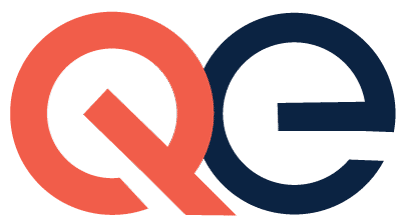People with disabilities have joined the workforce in record numbers in recent years, due in large part to the greater flexibility provided by remote and hybrid work opportunities. Labor force participation increased from 20.8% in 2019 to 41.5% in 2023 for people with disabilities between the ages of 16 and 64 (U.S. Dept. of Labor).
Here are a few trends for vocational rehabilitation service providers to be aware of as they continue their work to increase quality employment outcomes for people with disabilities in 2024:
- Fully remote job opportunities may be scarcer than in years past, but opportunities for flexible work arrangements continue.
- Technology can provide workers with job-specific skills, reducing the need for specific knowledge or training for jobs. Although this increases employment opportunities, there may be fewer opportunities for face-to-face interaction in the workplace.
- Job opportunities may expand for workers with strong functional and soft skills.
- An increasingly diverse workforce may result in more inclusive work policies and environments.
Continue reading to learn more!
2024 Workplace Trends
Cooling Opportunities for Fully Remote Work, Opportunities for Flexibility Continue
Although 2023 saw a cooling of opportunities for fully remote work as employers increasingly asked employees to conform to a hybrid or fully in-office employment model, the increased flexibility of remote work for people is expected to continue. AT&T Global Solutions reports that while the fully remote workplace model is expected to take a dramatic decline from 2021 (56%) to 2024 (19%), the hybrid model is expected to grow from 42% (2021) to 81% (2024).
What this means: Fully remote job opportunities may be scarcer than in years past, but opportunities for flexible work arrangements continue.
Artificial Intelligence (AI) Increases Productivity and Access to Information, Reduces Social Interaction
Increasingly, people work alongside robots and smart machines designed to increase workers’ efficiency and productivity. According to Forbes, “the workforce of 2024 will be defined by its ability to coexist and collaborate with intelligent machines.” New skills such as AI literacy, data analysis, and an understanding of how to work alongside AI systems will be essential.
Although the use of AI offers opportunities for increased productivity and access to information, it also reduces the amount of face-to-face interaction in work activities, and could increase feeling of isolation in workers.
What this means: Technology can provide workers with job-specific skills, reducing the need for specific knowledge or training for jobs. Although this increases employment opportunities, there may be fewer opportunities for face-to-face interaction in the workplace.
Skillsets Become More Transferable as AI Supplements Job-Specific Knowledge
While artificial intelligence can equip workers with job-specific skills, it can’t replace functional workplace skills and soft skills like resilience, creativity, and communication. As a result, employers can include job-seekers without industry-specific experience in their pool of eligible applicants, according to the Society for Human Resource Management.
What this means: Job opportunities may expand for workers with strong functional and soft skills.
An Increasingly Diverse Workforce Cares About Inclusion
Gen Zs are expected to outnumber Baby Boomers for the first time in 2024 to make up 23% of the global workforce. The characteristics of these groups are very different: Boomers report being motivated by company loyalty, teamwork, and duty, while Gen Zs report being motivated by diversity, personalization, individuality, and creativity. Glassdoor reports that Gen Zs are estimated to be the most ethnically diverse generation, with more than 50% from non-white backgrounds. This generation cares deeply about community connections, having their voices heard in the workplace, transparent and responsive leadership, and diversity and inclusion.
What this means: An increasingly diverse workforce may result in more inclusive work policies and environments.

